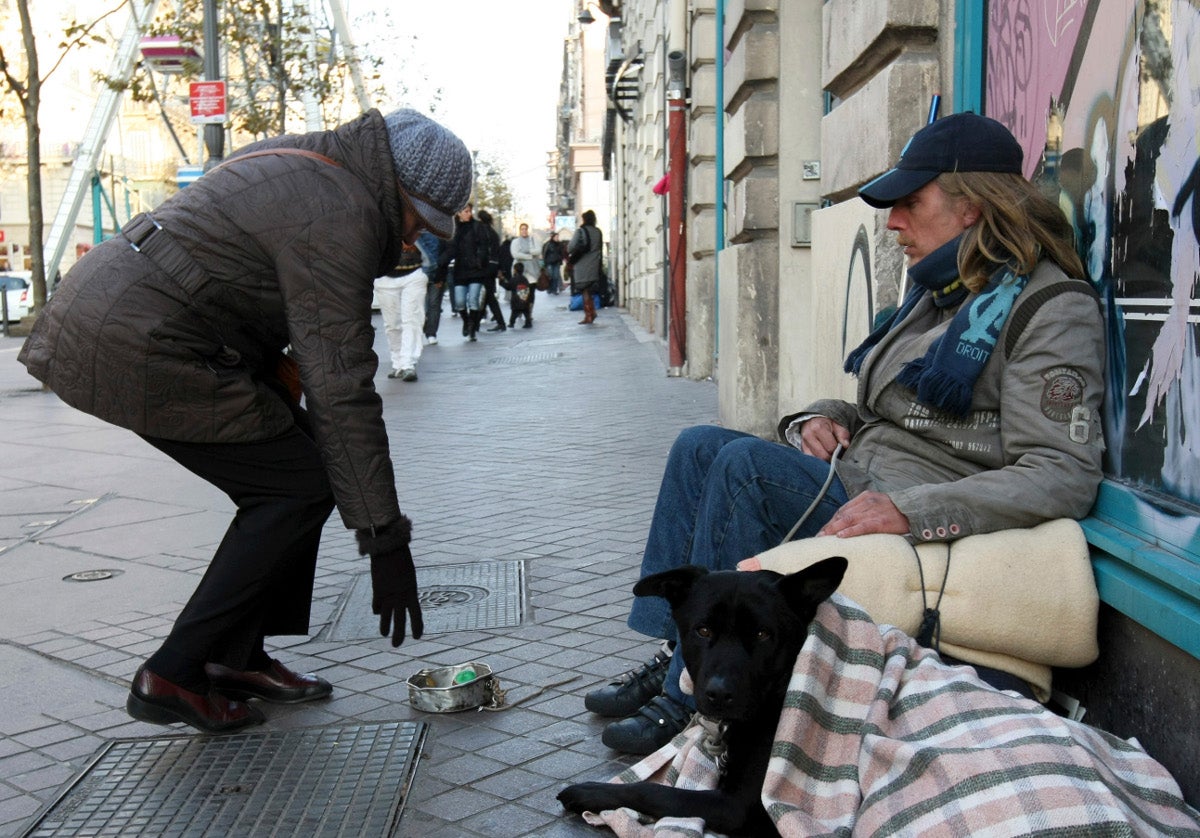Eleven bad ways and one good way to give money to charity
It’s the end of the year, and that means an uptick in charitable giving, but as with everything, there’s a right way and a wrong way to go about it.

It’s the end of the year, and that means an uptick in charitable giving, but as with everything, there’s a right way and a wrong way to go about it.
At Reuters, Felix Salmon looks at 11 ways the super wealthy screw up philanthropy, starting with their assumption that they know the best ways to put their money to work:
What’s more, your experience in the for-profit world is not nearly as valuable as you think it is. The executives are probably good at flattering you by asking you for your advice: the slogan in the non-profit world is “if you want advice, ask for money; if you want money, ask for advice”. Once again, be humble. They live these issues every week; they know them better than you do. … Remember: the things which work in your business aren’t necessarily a good idea in your philanthropy. One of the reasons why so many rich businessmen give money to microlenders is that it’s a model they’re intuitively very comfortable with. Even if there’s very little evidence that it actually does much good.
There’s a lot more good advice in there (don’t simply put your name all over everything, stop giving money to private universities that already have huge endowments) for the billionaire in your life.
What if you’re not looking to drop a cool million on do-gooding, but you do want to maximize the effect of your donation? You need to find the most efficient charity out there, and Dana Goldstein has you covered. Building on economic research that suggests the most effective way to help the poor is simply to give them money directly. The charity GiveDirectly takes advantage of Kenya’s burgeoning mobile financial infrastructure that allows donors to send cash to the needy. The results, so far, have been positive, according to Goldstein’s story in The Atlantic:
GiveDirectly recipients are spending their payments mostly on food and home improvements that can vastly improve quality of life, such as installing a weatherproof tin roof. Some families have invested in profit-bearing businesses, such as chicken-rearing, agriculture, or the vending of clothes, shoes, or charcoal….More information on GiveDirectly’s impact will be available next year, when an NIH-funded evaluation of the organization’s work is complete. Yet already, GiveDirectly is receiving rave reviews. In November, it became one of just three charities to earn a coveted recommendation from GiveWell, a web publication that conducts exhaustive, on-site research of philanthropies.
While the charity is young and something of an outlier in development circles, this could be the future of development-focused giving; just this month, Goldstein reports, Google gave the charity a $2.4 million to expand the project to new countries.